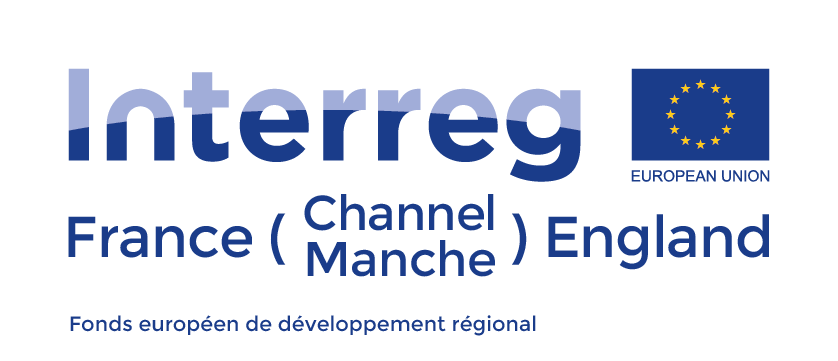Partners conduct fire testing of the SB&WRC prototypes
Create a subpage- Alexia ROBIN
- /
- the 01-02-2019
- / 1740
The SB&WRC project is supported by the European program Interreg VA France (Channel) England and receives financial support from the ERDF.
|
|
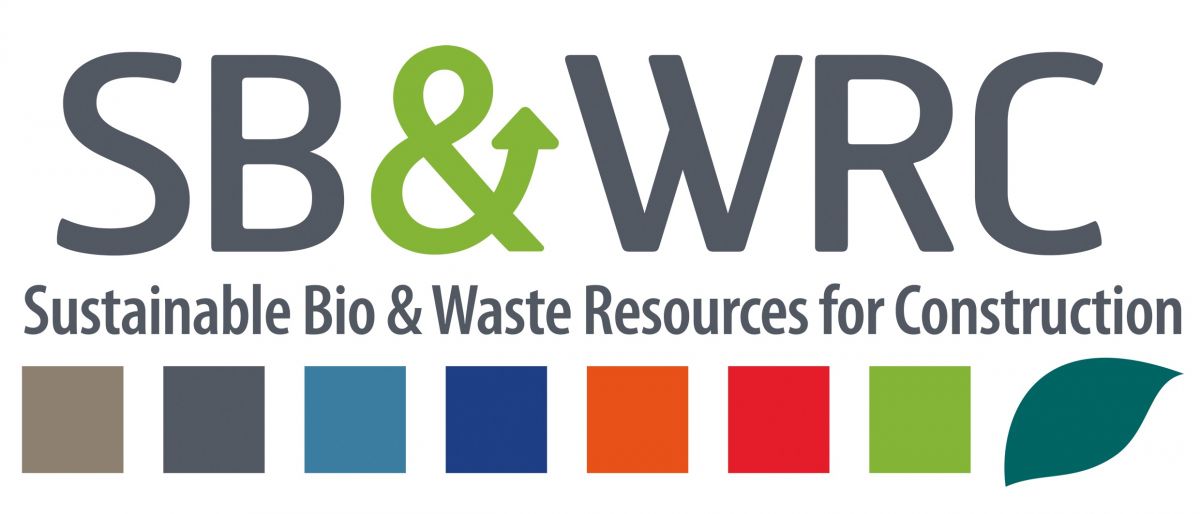 |
To limit the damage to a building during a fire, safety regulations set a number of requirements in relation to the specification of materials.
The role of building materials during a fire is assessed according to two criteria:
- The materials reaction to fire – including the materials behaviour during the first phases of the fire and how its ease of ignition can contribute to the intensity of the fire.
- Fire resistance – referring to the time in which the material continues to perform technically and structurally before it is detrimentally affected by the fire and no longer performs as it was designed and manufactured to.
Since 2002 [1], construction products for which a classification is mandatory, must undergo a series of tests that simulate the first three phases of the development of a fire, in order to obtain their fire classification. Existing tests corresponding to the three development phases are shown schematically and summarized in Table 1:
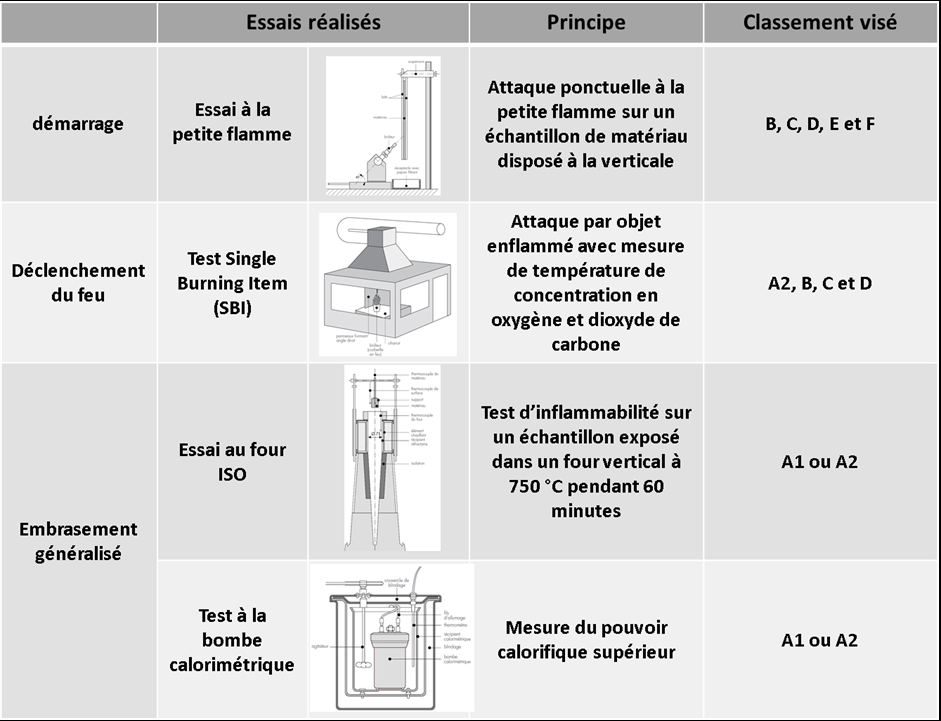
Table 1 : Simulation of fire phases and associated tests
When all these tests are carried out, a letter is attributed to the material according to the following European classification (Table 2):

Table 2 : European ranking for fire reactions
As part of the SB&WRC project, small-flame tests are therefore carried out at Unilasalle on the three insulation prototypes:
- Prototype 1 : thermo-compressed panel made from maize pith
- Prototype 2 : panel made from waste bedding
- Prototype 3 : panel made from wheat straw bales
According to standard NF EN ISO 11925-2 [2], the small flame ignitability test corresponding to the first phase of fire development (described in standard EN 13501-1) consists in placing a sample of the prototype in an enclosure (Figure 1) and applying a 2cm propane flame for 15 seconds on the lower edge of a sample of material. This test makes it possible to know the propensity of a material to ignite more or less quickly when in contact with a flame. After removal of the burner, a visual observation can determine if there is inflammation and the time during which the persistent flame has exceeded the height set by the standard of 15 cm. The presence of any inflamed droplets should be noted.
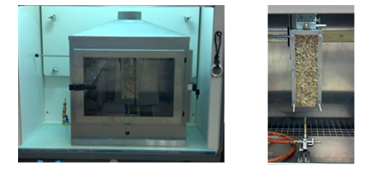
Figure 1 : fire test enclosure (left) sample before test (right)
According to the NF EN ISO 11925-2 standard, materials which have a degradation zone height of less than 15 cm and do not produce inflamed droplets, have good resistance to ignitability.
Although the whole study is not yet finished, first results obtained for prototype 1 can already be presented.
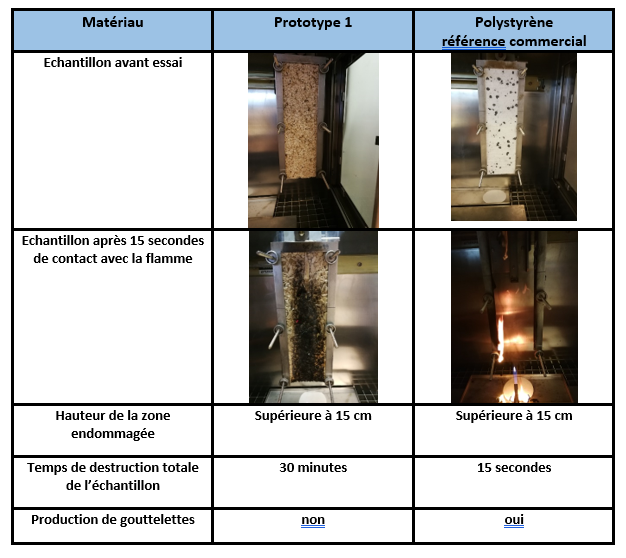
As a reference for prototype 1, we chose to compare the results obtained with those of a commercial polystyrene product.
The observations made during these first tests show that after removal of the burner, the damaged area is greater than the 15 cm recommended by the standard for both materials. In addition, particles remain incandescent and progressively consume the prototype sample 1 until complete destruction after 30 minutes. On the other hand, no inflammation or droplet production is observed.
The tests for the commercial reference of polystyrene demonstrate an immediate inflammation of the sample with droplet production. The sample is totally destroyed in 15 seconds.
At the end of this first test, the prototype 1 as well as the polystyrene commercial reference are classified E. According to standard NF EN ISO 11925-2, they contribute significantly to fire. However, this test also highlights the interest of the use of plant material in insulating panels since the resistance of the plant panel before total combustion is significantly higher than that of the polystyrene board. As weather is a crucial parameter during a fire, this saving of time is therefore a major asset for plant panels.
[1] EN 13501-1: Fire classification of products and building elements - Part 1: Classification from reaction to fire test data.
[2] NF EN ISO 11925-2: Reaction to fire - Ignitability of building products subjected to the direct incidence of flame - Part 2: Single flame source test.
